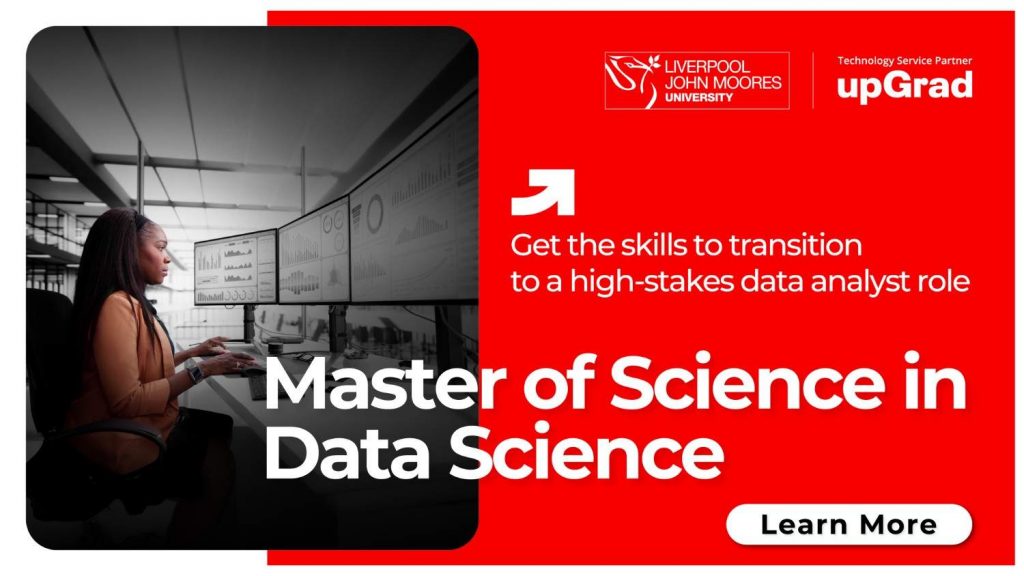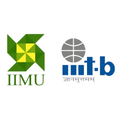With the technological evolutions in this digital epoch, there has been unprecedented access to vital information. Even if you consider niche subjects, there are large volumes of data and papers available that offer strategies for Effective Data Mining.
One of the emerging areas being explored in today’s age is TDM which discovers and identifies patterns.
This becomes a profitable opportunity for companies to gain a competitive edge. In technical terms, data mining allows establishments to get valuable insights into customer preferences and behavior. Let’s delve into the following narrative to understand the hidden patterns and strategies of data mining.
An introduction to TDM
TDM, or text and data mining, is a process that analyzes large amounts of data and texts to search, find patterns, discover relationships, and work on semantic analysis. The prime objective of TDM is to filter via information and recognise data only to find patterns and relationships amongst them. It can also explore datasets without further understanding.
How can a company benefit from data mining?
TDM or text and data mining, at times, called text mining, involves the following benefits for a company:
- Improves decision-making of a company, so businesses can identify key trends and opportunities
- It automates tasks that are done manually, so it increases business efficacy
- Saves time and allows organizations to focus on more prioritized tasks
- Recognises business risks and reduces exposure risks, thereby protecting its bottom line
The classification includes the following:
- Discrimination
- Association & Correlation Analysis.
- Characterisation
- Prediction
- Evolution Analysis and more

What are steps involved in the data mining process?
Data mining techniques and algorithms depend on the company’s structure. But the basic steps remain constant, and they are mentioned in the following lists:
1. Define the issue in data mining
Defining the core problem is the most important step in data mining. A company should gain a basic insight into its objectives. This way, the organization can learn which data achieve business goals. Determining the issue helps the company focus on the most appropriate areas. This ensures the results are valuable.
2. Data collection
As soon as the issue gets defined, collecting the data is the next step. Collecting the data helps a company get accurate data for the TDM process to deliver accurate results.
3. Data preparation
In this step, the data is prepared and cleaned by eliminating inconsistencies and errors. It is a crucial step that ensures accurate TDM results.
4. Analyzing data
Analyzing the data is another important step that involves using different techniques that uncover the hidden patterns in data. It includes the processes of:
- Clustering: A data mining process for grouping data points into clusters depending on their similarity. It uncovers patterns as well as relationships in a large dataset.
- Association Rules: Used for identifying relationships between items in the dataset
- Decision Trees: A type of predictive model for recognising data patterns and used for making decisions based on data
- Regression Analysis: A statistical technique for identifying relationships between variables and uncovering patterns in a data
- Time Series Analysis: A data mining technique for identifying patterns in data and used for uncovering relationships between variables and making predictions pertaining to future behavior
5. Interpreting the ultimate result of data mining
Now is the time to interpret the result, which involves comprehending relationships and patterns that have previously been uncovered. This step also involves the process of using these results to accomplish organizational goals.
6. The implementation of the results
After the results are interpreted, now is the time to implement them accordingly. This step encompasses using insights from the TDM process to implement changes to the operations.
If you are into retail, finance, education, media, telecommunications, healthcare, transportation, manufacturing, or any other related field, your organization can choose the TDM process.












.png)







